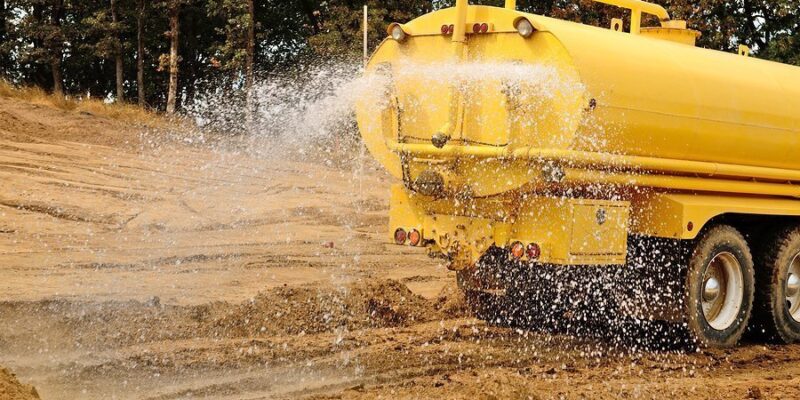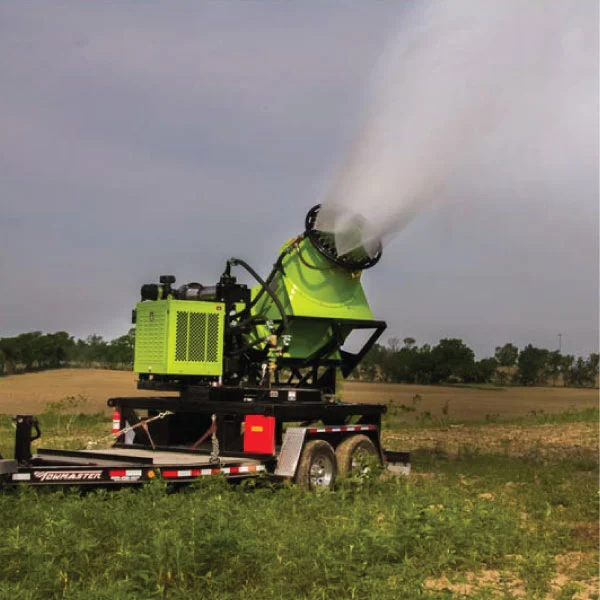Dust poses significant risks in high-temperature environments, leading to machinery failures and poor air quality. Effective BossTek dust control is essential for ensuring safety and operational efficiency across various industries. This involves choosing suitable tools and techniques to maintain a clean workspace while adhering to compliance standards. This post explores the essential tools and techniques for effective dust control, tailored specifically for extreme heat conditions.
Let’s break down the best tools for effective dust control in these challenging conditions.
Understanding the challenge of dust control
High temperatures often come with intense operations, whether in a manufacturing facility, a foundry, or even during construction projects. These conditions can stir up dust like a strong wind on a dry day. This dust isn’t just a cosmetic issue; it can lead to equipment wear, create unsafe working conditions, and even harm employee health. But why does dust become such a big concern in hotter environments? Heat can make materials more brittle, causing them to break down and generate more dust. Plus, high temperatures often mean higher levels of activity, which stirs up even more particles. This makes dust control not just important but essential.
Essential dust control tools
When it comes to keeping dust at bay, the right tools make a world of difference. Here are some tried-and-true options:
Water spraying systems
Think of spraying a fine mist over a hot surface. It’s like refreshing sunburned skin! Water spraying systems are excellent for keeping dust particles down. By introducing moisture to the air, you keep dust from rising into the atmosphere. Not only does this method help control dust, but it also helps cool down the area, creating a more comfortable environment for workers.
Industrial vacuums
Imagine trying to clean your room with just a broom. It’s messy and doesn’t get the job done, right? This is where industrial vacuums come into play. These powerful machines suck up dust and debris effectively, especially in tight spaces where sweeping isn’t practical. They’re designed to handle high temperatures, ensuring that you can keep operations running smoothly without creating a dust storm.
Dust suppression chemicals
Sometimes, you need a little extra help. Dust suppression chemicals are formulated to bind dust particles together, preventing them from becoming airborne. Using these products is like adding glue that keeps everything in place. They are especially useful in outdoor environments where natural elements can stir up dust, making them an optimal choice for construction sites and mining operations.
Implementing a dust control plan
Every environment is unique. Therefore, it’s key to create a dust control plan tailored to specific needs. Start by assessing areas where dust is a recurring problem. Are there parts of the facility that get hotter than others? Identifying these hotspots can help determine the right tools to implement. Next, integrating multiple solutions often works best. Using water sprays alongside industrial vacuums can create a one-two punch against dust. And don’t forget about regular maintenance. Cleaning tools and checking equipment regularly ensures they’re working at peak performance.
In high-temperature environments, dust control is a necessity. Therefore, choosing the right tools, from water spraying systems to industrial vacuums, can create a more productive and safer workspace. While it may not get the spotlight, it plays a crucial role in keeping everything running smoothly. Remember, staying ahead of dust means staying safe and efficient, and that’s always a win-win!














Comments